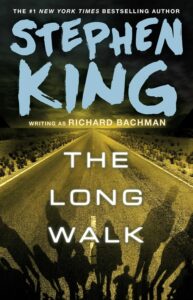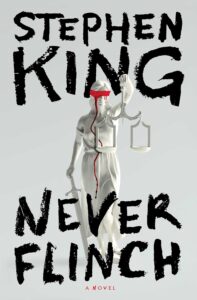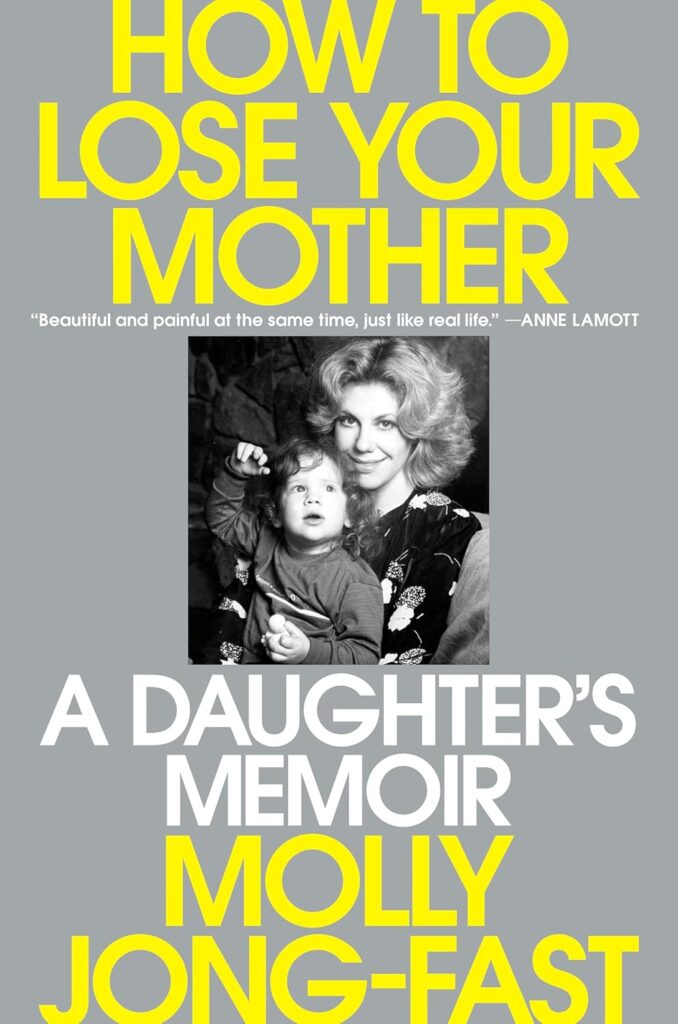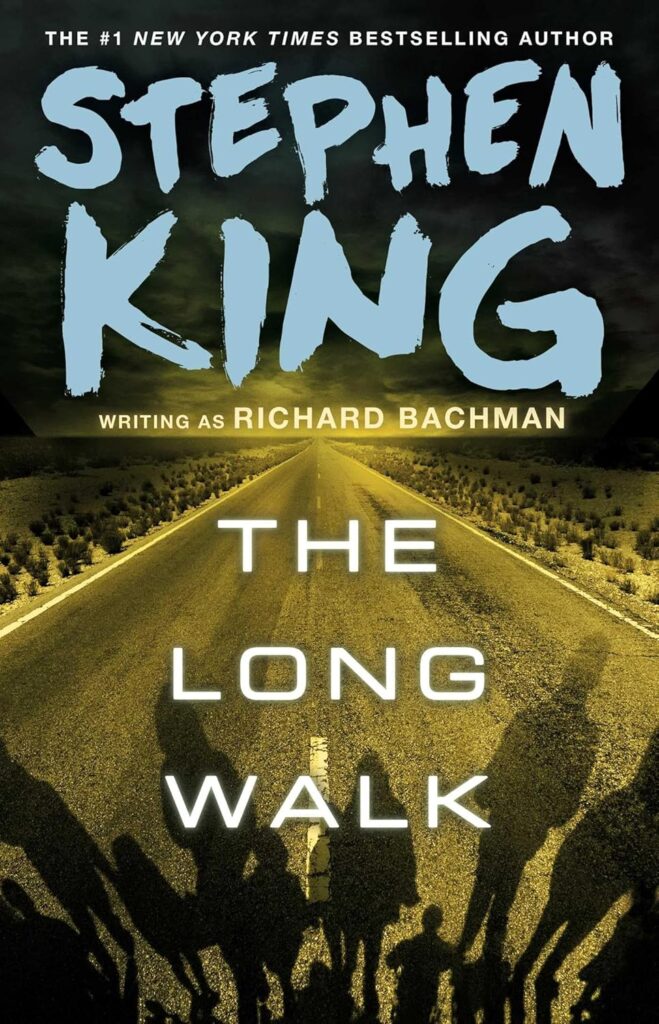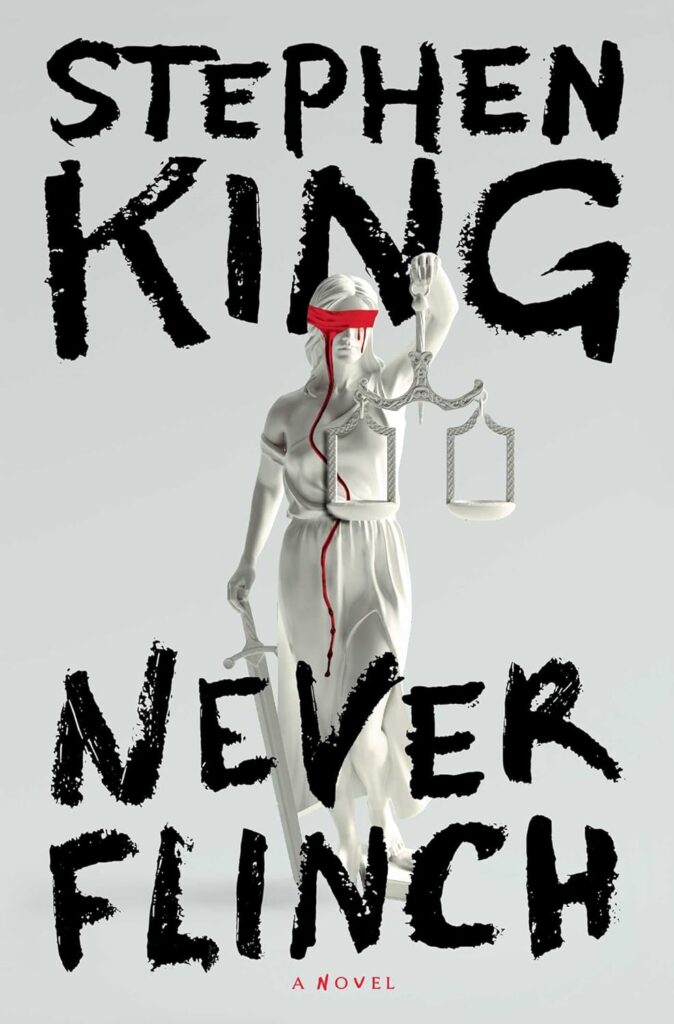At first, it felt like there was something fundamentally wrong with me—an ineffable dissonance between who I was and who I thought I ought to be. Life became a puzzle where the pieces didn’t quite fit, an endless parade of misplaced keys, missed deadlines, and inexplicable overwhelm. For years, I chalked it up to personal failings, laziness disguised as busyness, or perhaps a character flaw I couldn’t quite name.
And then, amid the chaos, came the diagnosis: ADHD. Three letters that didn’t merely label a condition but rewrote the narrative of my existence. It was as if someone handed me the decoder ring to a language I’d been speaking all my life without knowing it. The shame, the self-doubt—they didn’t vanish overnight, but they softened under the light of understanding. What once felt like an insurmountable mess became a pattern, a system that I could, finally, begin to map.
This revelation wasn’t just a moment of clarity; it was a profound shift, a redefinition of my identity. It allowed me to see my traits not as failures but as features—albeit ones I needed to learn how to use properly. This is the story of how an ADHD diagnosis unraveled years of confusion and gave me more than answers; it gave me a way forward.
Understanding ADHD Before Diagnosis
Adult ADHD is a landscape fraught with misinterpretation, often cloaked in assumptions or ignorance about what the condition truly entails. For many adults, the road to diagnosis is a long and winding journey marked by confusion and self-doubt. Understanding ADHD before that “aha” moment of diagnosis means sifting through years of overlooked signs and grappling with harsh realities of living without clarity.
Signs That Were Overlooked
Before recognizing ADHD for what it is, many of its symptoms can wear the disguise of unrelated personal quirks, often misinterpreted by ourselves and those around us. It’s not uncommon to hear someone say, “Oh, I’m just bad with time,” or “It’s my personality to be scatterbrained,” without realizing there might be more at play.
- Chronic Forgetfulness: Forgetting appointments, misplacing essentials like keys or a wallet, and struggling to follow through on promised commitments are easy to attribute to simple carelessness. In reality, they’re classic manifestations of ADHD in adults.
- Difficulty with Focus and Prioritization: Spending hours on unnecessary tasks while leaving critical ones undone might seem like procrastination—but for someone with ADHD, it’s often the result of an inability to prioritize, stemming from executive dysfunction. The casual label of “lazy” gets slapped on someone lost in a mental fog.
- Struggles with Emotional Regulation: Quick temper, over-the-top frustration, or excess sensitivity toward criticism—these traits can easily be written off as personality flaws rather than symptoms of ADHD.
- Hyperfocus Episodes: Ironically, ADHD doesn’t necessarily mean a lack of attention but rather an inability to control where that attention goes. Hyperfixation on things that excite you (sometimes at the expense of everything else) is often ignored because it seems like “productivity” in disguise.
Had these signs been seen in their proper context earlier, they might have paved the way for an earlier diagnosis. However, society’s lack of awareness about adult ADHD allows such behaviors to be overlooked or, worse, criticized as avoidable personal shortcomings.
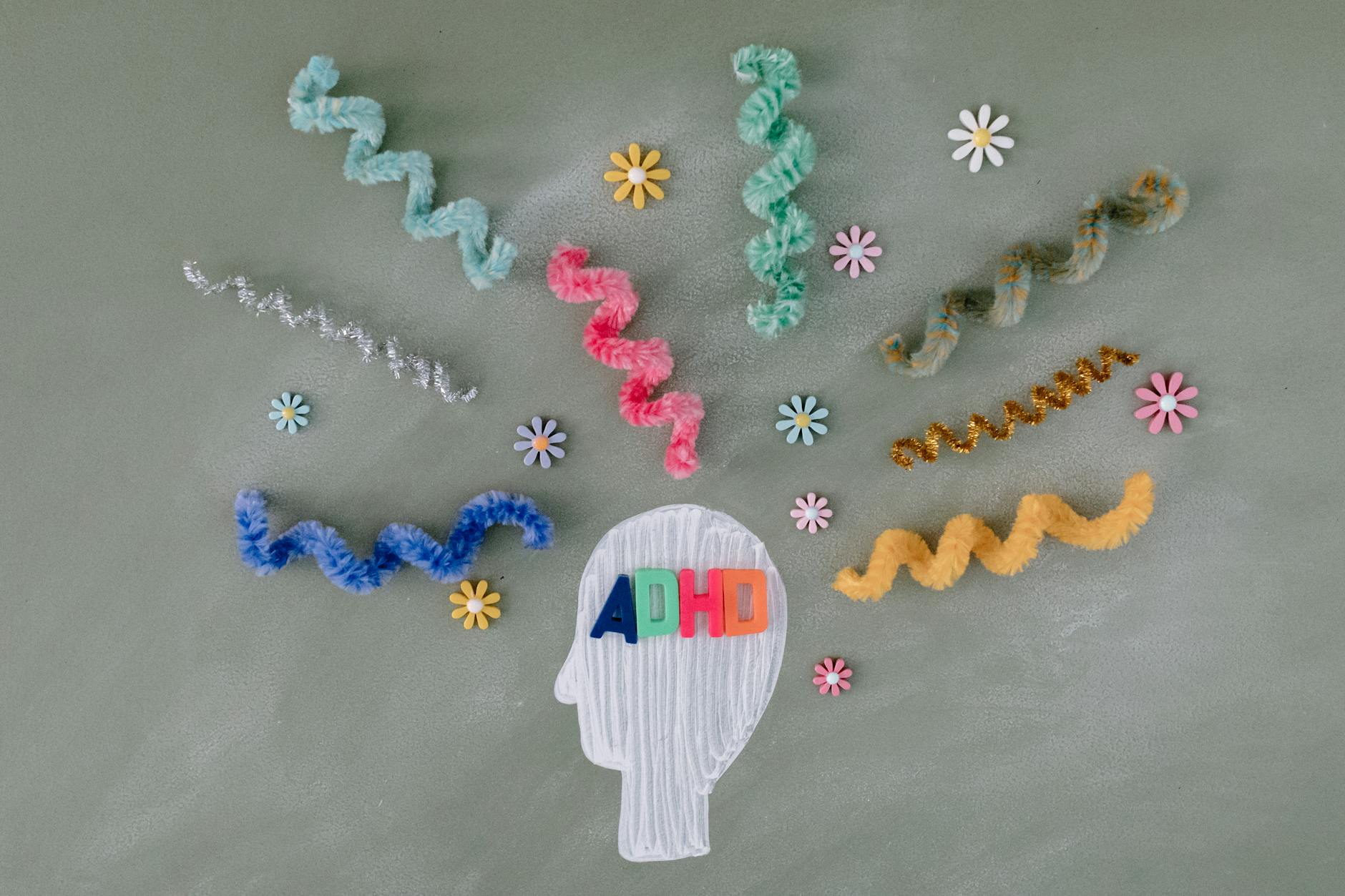
Photo by Tara Winstead
For more on commonly misunderstood signs, check out this article discussing myths surrounding ADHD.
Challenges of Living Undiagnosed
Living with undiagnosed ADHD is like driving without a map in a foreign city—you know you’re moving, but there’s no sense of direction. The difficulties span across every facet of life, from the boardroom to the bedroom, affecting emotional well-being, professional aspirations, and personal connections.
Emotional Challenges
Imagine spending years feeling like an unending failure because you couldn’t meet expectations—yours or others’. Undiagnosed adults often internalize these feelings, leading to chronic low self-esteem and self-blame. The emotional toll also includes anxiety or depression, especially as life starts to feel like a constant uphill battle.
Professional Chaos
Work environments demand organization, focus, and timely execution—skills that ADHD directly impacts. Deadlines are missed, meetings forgotten, and feedback misinterpreted, which often leads to strained relationships with colleagues and an overwhelming fear of professional stagnation. It’s no surprise that undiagnosed ADHD often contributes to underemployment or frequent job changes.
Struggles in Personal Relationships
Forgetting special occasions, zoning out during conversations, or overreacting in disagreements can create friction in relationships. Unfortunately, partners or friends may interpret these traits as carelessness or disinterest, deepening misunderstandings and causing significant strain.
The perpetual chaos affects even daily routines. Paying bills late, consistently arriving unprepared, or leaving tasks half-finished feel like episodes of personal incompetence—but, in reality, they are symptoms of untreated ADHD wreaking havoc.
For those curious about how untreated ADHD impacts life overall, this insightful source outlines its long-term risks in detail.
The Journey to Diagnosis
Understanding how I arrived at a diagnosis for ADHD is essential to grasping the transformative power it had on my life. This wasn’t an epiphany that arrived unbidden but the culmination of repeated signs and a labyrinthine process. It required both introspection and external guidance to finally make sense of the patterns I had been battling for years.
What Prompted the Evaluation?
Every diagnosis journey begins with a spark—an event or realization that finally pushes you to seek answers. For me, it was a slow succession of pivotal moments, each plucking a string of doubt until the resulting cacophony could no longer be ignored. There were comments from friends about my distractibility, the pervasive sense that deadlines hated me as much as I hated them, and even subtle criticism masked as jokes about my scatterbrain tendencies. If life’s little whispers go unheeded, they sometimes gather into a shout.
For instance, I’d leave a grocery list on the counter but end up buying everything except what I needed. Or, I’d arrive late to meetings with a breathless apology, my excuses sounding more implausible with every occurrence. Increasingly, these missteps began to feel less like coincidences and more like red flags, each one stitched together into a tapestry of self-doubt.
What truly tipped the scales, though, was the feedback from a close colleague. After yet another project spiraled out of my grasp, they carefully remarked, “You work hard but seem scattered. Maybe there’s something more going on.” That suggestion, delivered with kindness, planted a seed of curiosity—and a fair bit of defensiveness. Could it be more than poor habits or personality quirks? The question haunted me, eventually steering me toward professionals who could help untangle this mystery.
For a deeper look at what often triggers individuals to seek ADHD evaluations, this resource from the CDC offers meaningful insights.
Navigating the Diagnostic Process
Stepping into the diagnostic process felt both daunting and surreal, like walking into a courtroom where you are both the accused and the plaintiff. The process wasn’t just a series of boxes to check; it was an unveiling of truths I hadn’t entirely admitted to myself.
The initial consultation began with a detailed conversation about my history—childhood memories, school experiences, workplace mishaps—all of it laid bare for review. If talking about your challenges in such depth makes you feel vulnerable, you’re not alone. Each memory revisited felt like peeling an onion, layer by layer, until the core revealed itself.
Next came formal assessments, including lengthy questionnaires that seemed, oddly enough, to know me better than I knew myself. Structured evaluations delved into my ability—or lack thereof—to focus, organize, and regulate my thoughts in daily life. And oh, the irony: attempting to concentrate on a test meant to assess your inability to concentrate.
Once the results were ready, the diagnosis itself was delivered not with judgment but with surprising compassion. The psychologist explained how ADHD had been manifesting in my life, morphing into patterns that, absent this context, appeared to be character flaws. Truthfully, hearing the confirmation was both a relief and a shock. Relief because there was finally a name for the chaos, and shock because it felt so deeply validating to be told, “This is not your fault.”
For anyone exploring a similar path, CHADD’s guide to the ADHD diagnostic process provides excellent clarity on what to expect.

Photo by Tara Winstead
The entire journey was a paradox—a mix of fear and relief, answers and new questions. But in navigating the road to diagnosis, I realized I wasn’t discovering something new about myself. I was returning to a truth that had always been there, just waiting for me to acknowledge it.
Clarity After the Diagnosis
The moment of diagnosis is a curious blend of revelation and reckoning. It’s as if someone hands you a pair of glasses after you’ve spent years straining to see clearly. Everything sharpens into focus—not because the view has changed, but because the lens through which you see it has. For those with ADHD, this moment often serves as both an explanation and an invitation: a chance to understand yourself anew and approach life with a fresh sense of purpose.
Rewriting the Narrative

Photo by Pixabay
The diagnosis doesn’t just reframe the present—it rewires your understanding of the whole story. Suddenly, the nonsensical plot twists of your past make sense; the “lazy” mask slips to reveal the exhaustion of trying harder than anyone knew. Those unfinished projects, forgotten anniversaries, or late-night hyperfocus sessions? They weren’t failures any more than rain is a flaw in the weather—just expressions of a neurodiverse brain operating without direction.
For me, this shift was like watching a movie where the twist ending retroactively changes everything. The years I’d branded as “careless” or “chaotic” were recast as years of survival and learning. I began to see my sharp emotional reactions not as immaturity but as a brain wired to feel deeply and authentically. What was once frustration softened into understanding, carving out a space for self-compassion to take root.
Building self-compassion is vital, though not always straightforward. It’s a practice of asking, “What does this experience teach me?” rather than, “Why am I like this?” as described beautifully in this resource. The diagnosis didn’t erase the struggles, but it allowed me to approach them differently. It gave permission to acknowledge the hard days without guilt and celebrate the good ones without suspicion.
When the weight of self-blame recedes, clarity moves in. The narrative shifts from “always falling short” to “navigating life with extraordinary complexity.” And that change? It is nothing short of transformative.
Understanding Strengths and Challenges
The word “disorder” can feel like a misnomer. ADHD is less about dysfunction and more about having a brain that operates at a different frequency—a jazz improvisation when everyone else plays classical. After my diagnosis, I began to inventory both my gifts and my growing pains, recognizing how each was part of a larger, interconnected design.
Strengths revealed themselves to be both obvious and hidden:
- Creativity: My brain’s non-linear thinking opened doors to innovative ideas and out-of-the-box problem-solving. What some called disorganization was, at its best, a patchwork quilt of creative potential waiting to be harnessed.
- Adaptability: In the cacophony of swirling thoughts came the skill to pivot quickly, juggle multiple challenges, and embrace spontaneity.
- Hyperfocus: What was once seen as obsessiveness became a superpower—in contexts I cared about deeply, my focus could rival a laser beam.
Of course, alongside these strengths were challenges that needed attention. Difficulty with time management, an Achilles heel in emotional regulation, and an ever-present tug-of-war with procrastination became areas I sought to address—not as failures to eradicate but as dimensions to better understand. This article highlights how balancing these strengths with actionable strategies can be empowering.
What’s remarkable is how acknowledging both strengths and challenges brought balance to my self-view. The diagnosis didn’t label me; it clarified me. It was like turning on a GPS to navigate a route—obstacles still exist, but now I had the tools to manage them with grace.
In embracing both sides of ADHD, I learned something profound: clarity isn’t about solving all your problems. It’s about seeing the picture as it truly is—messy at times, but ultimately, yours to color in.
Managing Life Post-Diagnosis
An ADHD diagnosis isn’t just a label; it’s the start of a transformative journey. It gives you the chance to retell your story—not as a disorganized mess but as a well-intentioned journey shaped by a neurodivergent brain. Post-diagnosis, life is less about “fixing” who you are and more about discovering tools and strategies that let you thrive. The challenge moves from being misunderstood by the world (and yourself) to mastering your unique rhythm.
The Role of Medication and Therapy
For many, the combination of medication and therapy becomes an indispensable duo in managing ADHD. Medications—whether stimulants or non-stimulants—help settle the mental “static,” allowing clearer focus and improved impulse control. Used thoughtfully, they serve as scaffolding, supporting you as you rebuild habits and tackle daily challenges with newfound clarity.
Therapy complements this by addressing the emotional and cognitive knots ADHD ties over the years. Cognitive Behavioral Therapy (CBT), for example, is particularly effective in helping people reframe self-defeating thoughts. Ever feel like you’re just “bad at life”? Therapy turns that narrative on its head by teaching practical strategies while fostering self-compassion.
Research reveals the immense benefits of combining these approaches, as highlighted in this article emphasizing the power of tailored treatments. Together, medication and therapy act as teammates helping you navigate life more effectively—while reminding you that ADHD isn’t your enemy, but a puzzle you can solve.
Without the proper resources it can be dangerous even for your daily tasks like driving. Paul Black wrote an important piece over at shamiehlaw.com around ADHD and driving and how it can pose some serious issues. Here is the link if you want to read more
Building Support Systems
No one conquers ADHD—or life—alone. A robust support system acts as a lighthouse in the fog of distraction and self-doubt. This doesn’t mean surrounding yourself with just anyone; it means intentionally building relationships with people who “get it” and are emotionally supportive.
- Family and Friends: Educate the people closest to you about ADHD. Help them understand that your forgetfulness or hyperactivity isn’t personal—it’s brain wiring. When they see your quirks through a lens of understanding, they’re better equipped to offer meaningful support.
- Professionals: Consider groups like ADHD-specific coaches or local support groups. Sometimes, just hearing another person say, “I experience that too” transforms isolation into connection. This resource explains the profound impact of these networks on emotional recovery.
- Online Communities: There’s power in shared experience. Platforms like ADHD forums and social media groups not only provide strategies but also foster a sense of belonging. It’s amazing what a mutual understanding—and shared memes—can do for your mental health.
Practical Tools and Habits
Managing ADHD often comes down to creating structure in a world that often feels chaotic. With the right tools and habits, it’s possible to work with your brain rather than against it.
Here are some game-changers:
- Time Management Techniques: Utilize methods like the Pomodoro Technique or time-blocking. Set timers for tasks to stay focused, and break larger projects into bite-sized pieces.
- Organizational Tools: Apps like Trello or Notion can transform your to-do lists into manageable action plans. Prefer paper? Try color-coded planners that speak to your inner creative.
- Mindfulness Practices: ADHD often pulls your brain into multiple directions at once. Simple mindfulness exercises or guided meditations can teach you to slow down and recalibrate.
Each of these tools serves as a stepping stone, moving you toward a life where ADHD doesn’t dictate the terms—it simply adds color.

Photo by Christina Morillo
Navigating Emotional Healing
An ADHD diagnosis often brings a mix of relief and regret. You might finally understand why life has felt like swimming through molasses, but there’s also grief for the “what could have been.” It’s impossible to rewrite the past, but you can reshape your future by addressing these emotions head-on.
Start by acknowledging your feelings without judgment. It’s okay to mourn lost opportunities or berate yourself for struggling in a world catered to neurotypicals. But here’s the thing: ADHD gives you resilience. That same frantic energy that once overwhelmed you can become your greatest strength when focused productively.
Working to rebuild self-confidence means celebrating small wins. Did you finish a task on time today? That’s progress. Did you communicate your needs with clarity? That’s courage. Over time, this practice rewires your emotional framework, replacing doubt with empowerment. Consider this helpful guide for further steps on moving forward.
When managed with care, emotional healing post-diagnosis doesn’t just help you move past regret—it transforms it into fuel for growth.
Impact on Personal and Professional Life
A diagnosis of ADHD doesn’t merely hand you an explanation; it revolutionizes how you engage with life on every front. It’s as if the world, once blurred by relentless distractions and misconceptions, sharpens into focus. This clarity ignites improvements in relationships, career aspirations, and overall life satisfaction, offering a newfound sense of purpose.
Strengthened Relationships
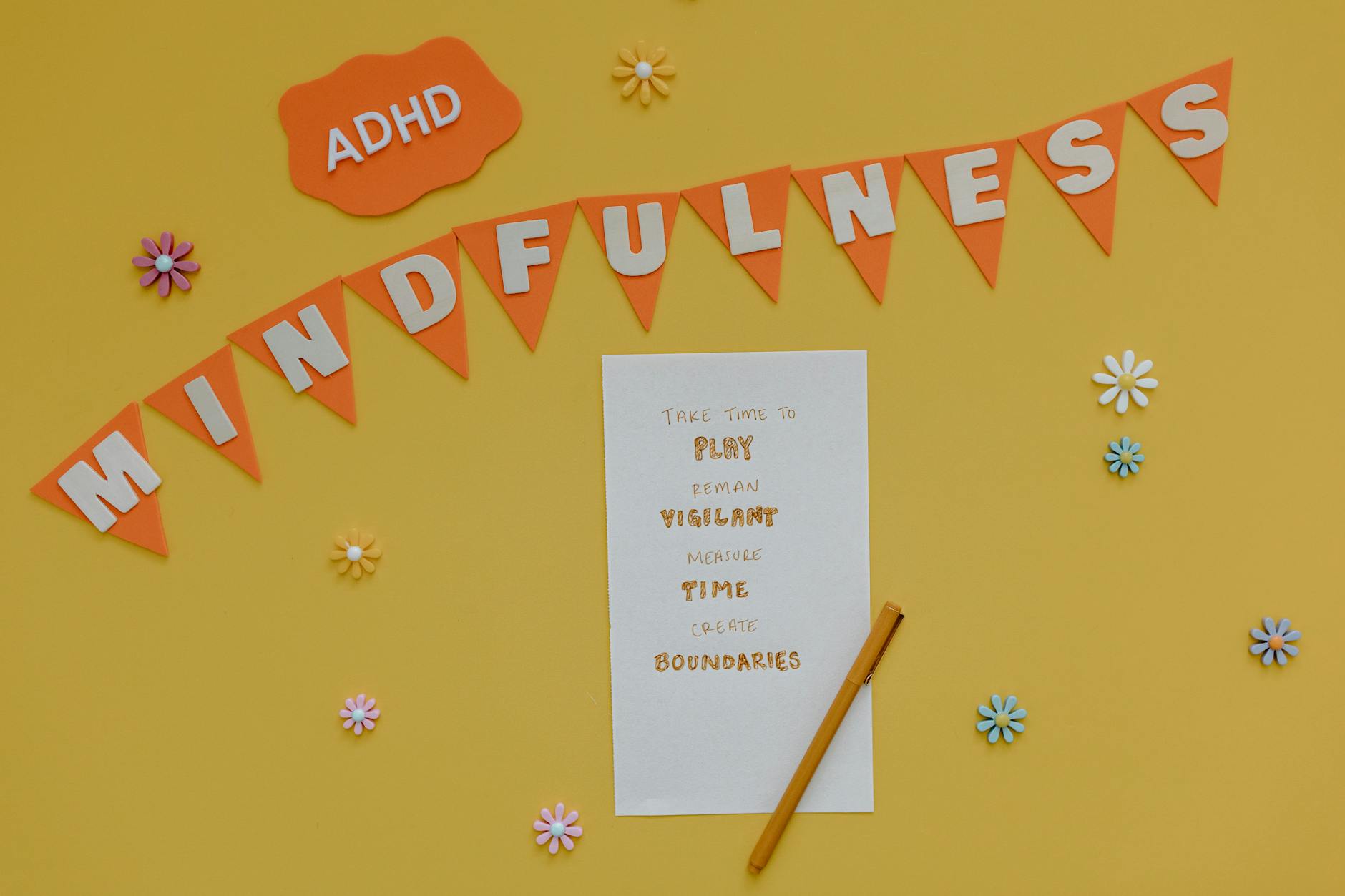
Photo by Tara Winstead
In the haze of undiagnosed ADHD, interpersonal relationships can often feel like a tightrope walk during a storm. Overlooked anniversaries, forgotten conversations, and unintentionally dismissive behavior sow seeds of tension. Post-diagnosis, these dynamics begin to shift as understanding replaces frustration.
For instance, recognizing impulsivity as a symptom rather than a character flaw can diffuse arguments before they spiral. Partners, family members, and friends are no longer bewildered by forgotten commitments or emotional outbursts—they see the underlying pattern and are equipped to empathize. Open conversations about these behaviors are no longer confessions but bridges to mutual understanding.
Further, ADHD management tools like time-blocking and mindfulness, combined with external resources such as counseling, foster collaborative problem-solving. As a result, relationships evolve from strained endurance tests to stronger, more compassionate bonds. Insights like these add depth to understanding how ADHD affects relationships.
Career Growth and Productivity
Before diagnosis, the professional arena often feels like an ongoing battle against procrastination, misplaced priorities, and a work desk as disorganized as a Jackson Pollock painting. For many, this creates a false narrative of incompetence, where potential is overshadowed by chaos. But an ADHD diagnosis redefines this story in brilliant ways.
Once the challenges are named, they can be managed. Structured approaches like task batching and the Pomodoro Technique become not just strategies but lifelines. For instance, hyperfocus—which previously dragged you into unnecessary details—can be redirected toward meaningful projects. This shift enhances productivity, opening the door to professional success that felt perpetually out of reach.
Furthermore, workplaces become less adversarial when employers and colleagues understand ADHD. Advocacy and transparency can prompt accommodations that align tasks with your neurodivergent strengths. As routine improves, so does confidence, transforming you from an “underperformer” to a shining example of resilience. Explore more about unlocking career potential with ADHD.
Improved Life Satisfaction
Life satisfaction, long eclipsed by self-doubt and the exhaustion of “underperforming,” takes on a warmer glow post-diagnosis. It’s not about pretending ADHD isn’t there but about learning to coexist with it and thriving nonetheless. Management strategies like therapy, medication, and mindfulness help reclaim time and energy that was once squandered on self-criticism.
The emotional freedom that comes with this clarity cannot be overstated. Imagine the feeling of no longer carrying an invisible weight—of seeing your uniqueness as a strength rather than a liability. This shift not only enriches your day-to-day experiences but also rewrites your internal dialogue, replacing harsh self-criticism with meaningful progress.
As your personal and professional spheres align with your authentic self, the broader scope of well-being expands. For many, this marks the beginning of a life imbued with joy, contentment, and purpose. Learn more about how managing ADHD boosts life satisfaction.
An ADHD diagnosis doesn’t just explain who you are; it paves the way for who you could become. It’s not that life becomes easier—it becomes clearer. And with clarity, the horizon of possibilities grows infinitely broader.
Conclusion
Understanding ADHD didn’t just change my life—it clarified it. The diagnosis served as a lighthouse, shining through the fog of misplaced blame and misunderstood behaviors, offering not just relief but the power to rewrite my story. It wasn’t a magic wand, banishing struggles overnight, but a map that finally revealed where I was going and why I’d struggled to get there.
The challenges don’t disappear, but they lose their sting when you name them, address them, and turn them into stepping stones. To those considering an evaluation: know that seeking answers is not an act of surrender, but one of courage. Understanding yourself is not the end of the road—it’s the transformative beginning of navigating life on your own terms.



